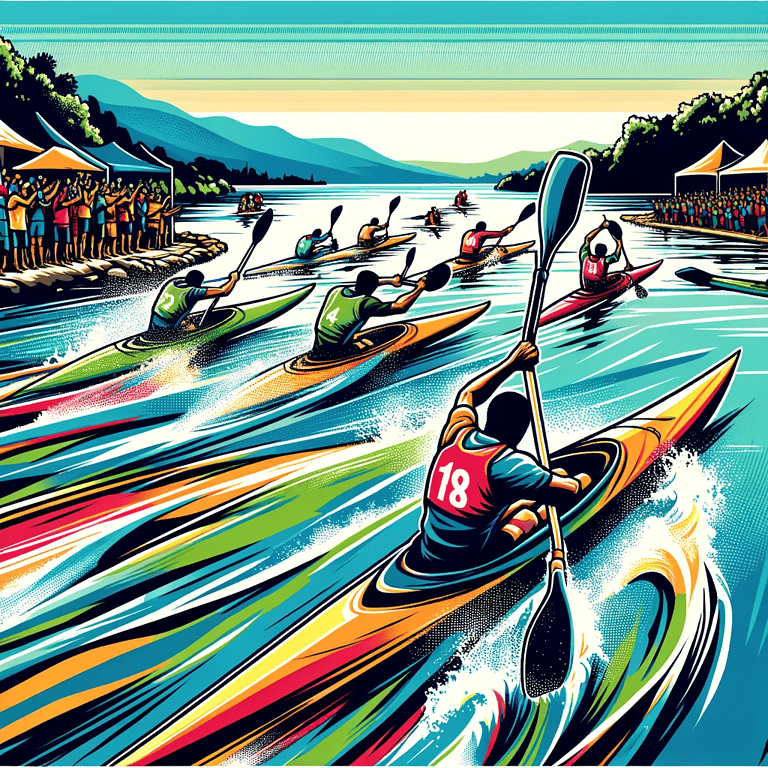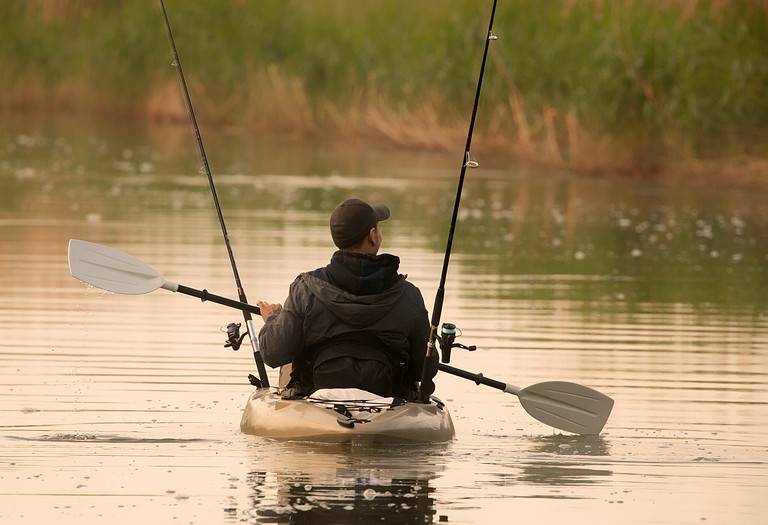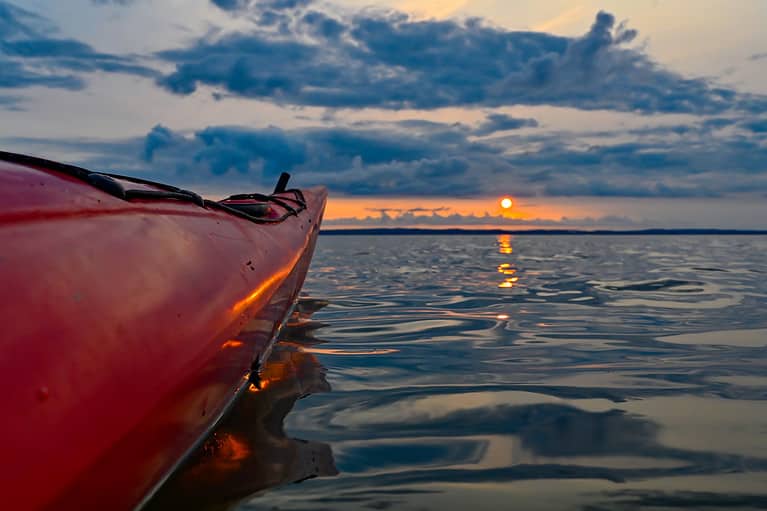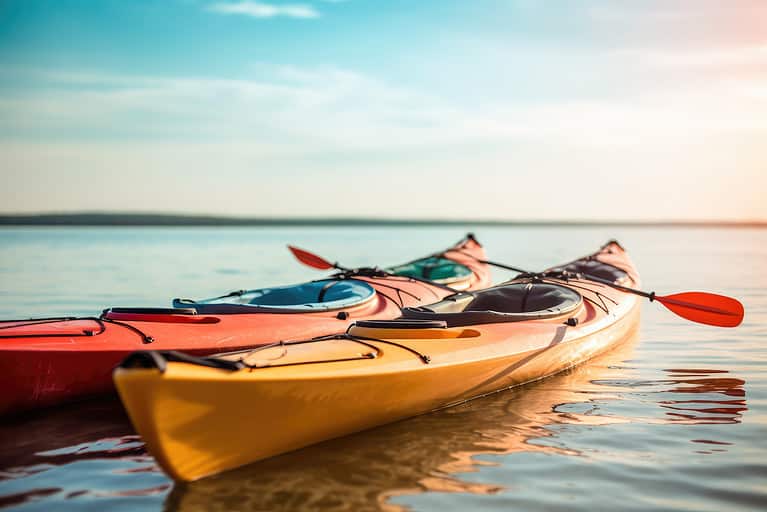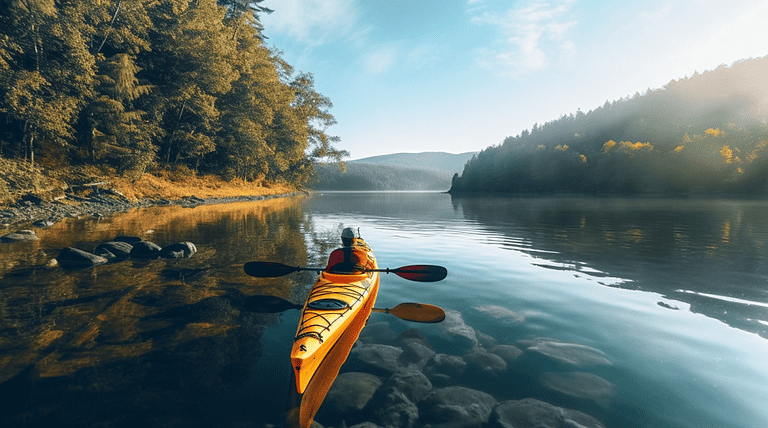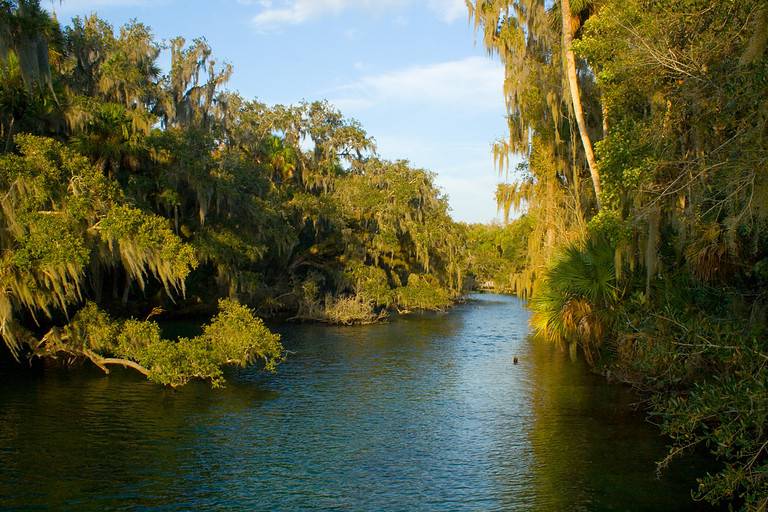Boundry Waters Food And Water Planning
Planning for a trip to the Boundary Waters requires careful attention to the details of food and water planning. Not only do you need to bring enough, but you also need to know how to store it properly and dispose of any waste. With all these factors in mind, I’m here to help make your trip successful! In this article, I’ll cover what you should bring, how to store food and water, how to safely dispose of food and water waste, and some tips for a successful adventure. Following my advice, you can rest assured that everything will go smoothly during your time in the Boundary Waters.
What to Bring
Packing for your trip to the boundary waters doesn’t have to be complicated; here’s what you must bring! When it comes to food, nutrition planning is key. You’ll want to bring various items high in protein and carbohydrates, such as nuts, dried fruit, granola bars, and jerky. Additionally, don’t forget about snacks like trail mix and energy bars. It’s also essential to bring plenty of water with you on your journey. Ensure you have enough water bottles or hydration packs for everyone in your group. Lastly, don’t forget about utensils and cookware to prepare meals in the wilderness. With these items packed and ready to go, you’re all set for a fantastic adventure! Now that you’ve got everything packed up and ready for your trip, it’s time to think about how best to store food and water during your stay in the boundary waters.
How to Store Food and Water
Stocking up on food and water is essential for your safety – don’t wait until it’s too late! When planning a trip to the Boundary Waters, you’ll need to figure out how to store food and water to ensure that they are kept fresh and safe. Before packing, consider your packing strategies – what type of containers should you use? What will keep the food dry and protected from the elements? It’s also important to think about food preservation techniques such as canning or dehydrating to have a larger variety of options. Additionally, ensure you have a reliable way to purify water while camping. Boiling or using a chemical purifying drop are two suitable methods. Finally, remember to pack plenty of snacks for energy on your adventure!
When camping in the boundary waters, it is important to plan for disposing of food and water waste properly. Disposing garbage correctly helps protect wildlife by minimizing human impact on their habitat. Ensure all leftover food scraps are packed out with you when you leave or burned if allowed in the area. All non-burnable trash should be disposed of at designated campsites or taken home. Additionally, dispose of wastewater responsibly by burying it far away from any source of water or trails so it does not contaminate them. Always follow Leave No Trace principles when camping outdoors!
How to Dispose of Food and Water Waste
Properly disposing of food and water waste while camping in the Boundary Waters is essential to keeping nature pristine – so don’t forget to ‘leave only footprints’! It’s important to be mindful of what packaging options you use when purchasing food for your trip since certain types of wrappers, bottles, cans, and other containers can’t be disposed of in the wild. Also, proper water purification procedures are necessary when eliminating contaminants that could harm the environment. Following these guidelines can help keep the area clean and safe for future camping trips. To ensure your trip is successful, there are some tips you should consider before setting out on your journey.
Tips for a Successful Trip
Planning is key to a successful trip. I recommend planning meals, bringing extra food and water, and considering the terrain and weather. This will help ensure that you have everything you need for your journey and are prepared for any unexpected changes in conditions.
Plan for meals in advance
You can save time and money by taking a few minutes to map out meals ahead of time. Whether planning for a short day trip or an extended stay, packing strategies and meal variety will help ensure your journey is successful. Consider what type of food you want to bring, how much storage space it requires, and the fuel needed to cook it. Also, plan for snacks between meals and any special dietary needs that may arise during your voyage. Knowing these things before embarking on your journey will give you the extra peace of mind needed when exploring the great Boundary Waters. With proper planning of meals before setting out on your Boundary Waters adventure, you can rest assured that hunger won’t be an issue during your travels. And with plenty of snacks packed, there won’t be any need to worry about where the next bite comes from. Finally, bringing extra food and water will guarantee that any unexpected delays or changes in plans won’t prevent you from enjoying all that nature has to offer.
Bring extra food and water
The right supplies can make or break your journey, so don’t forget to bring extra food and water for unexpected delays! When planning a trip to the Boundary Waters, it is essential to pack light. Eating freeze-dried camp meals can save you weight in your pack and still provide you with nutrient-rich energy after long days of paddling or portaging. Additionally, plan how many meals you need per day and how much water you will want for drinking and cleaning. Remember to account for possible delays or unexpected occurrences on your trip. Having an extra supply of food and water can be the difference between staying out longer or cutting your adventure short due to lack of resources. Knowing what type of terrain and weather conditions you are likely to encounter should also factor into your planning process as this could also affect how much food and water you bring along with you.
Consider the terrain and weather
When considering the terrain and weather of your journey, it’s essential to consider how these factors could affect the supplies you’ll need. Navigating rivers can be tricky, as the current can cause delays or require more energy and time than anticipated. If this is the case, then you may have to bring extra food and water for such an event. Additionally, if extreme temperatures or precipitation are present in certain areas, you should plan accordingly by packing cold-weather gear or rain protection. It’s also important to remember that minimizing your impact on nature is key, so bring biodegradable items whenever possible. This will help ensure that all remains pristine during and after your trip!
Frequently Asked Questions
What are the most common wildlife sightings in the Boundary Waters?
When exploring the Boundary Waters, it’s common to come across a variety of wildlife. Some of the most commonly sighted animals include beavers, otters, deer, foxes and bears. Their behavior can vary depending on the season and tracking them can provide an even more in-depth experience. Wildlife watching is a great way to get close to nature and observe how these amazing creatures live. It’s also an incredible opportunity for humans to build a connection with our environment and better understand the world around us.
How should I plan for unexpected weather changes?
I’m an avid explorer of the Boundary Waters, so when planning for unexpected weather changes, I always make sure to be prepared. To help mitigate any risks, I recommend researching and familiarizing yourself with the local area’s climate and expected weather patterns. Additionally, having a plan for various scenarios is key – from packing rain gear or extra layers to having a plan in case you need to evacuate quickly due to hazardous conditions. Lastly, watch the most up-to-date forecasts and check in regularly with reliable weather forecasting websites or apps. Taking these precautions ensures that your adventure will be as safe and enjoyable as possible!
Navigating the Boundary Waters can be daunting, but with the right preparation, it doesn’t have to be. Food packing and gear selection are key elements to ensure your journey is a success. When packing for food, plan by bringing enough for your trip and some extra in case of unexpected weather changes or other unanticipated events. Bring items that will last throughout your stay, such as freeze-dried foods or canned goods. Additionally, you should also consider what type of gear you need for navigating the Boundary Waters. A reliable map and compass are essential tools, so bring them along on your journey and use them if you ever get lost. With careful planning and the right supplies, navigating Boundary Waters can be an enjoyable experience!
Is there a recommended minimum stay in the Boundary Waters?
When considering a stay in the Boundary Waters, there is no recommended minimum stay, however many visitors suggest that for an enjoyable and safe experience, at least 3-4 days should be devoted to this wilderness adventure. When preparing for a trip into the Boundary Waters, it’s important to create packing lists with necessary items such as food storage and bear safety equipment. With some thoughtful planning and having all the right supplies, you can make your journey into the Boundary Waters truly memorable.
Are there any special regulations or permits required to enter the Boundary Waters?
Visiting the Boundary Waters? Make sure you’re prepared! Before entering, you’ll need to obtain a permit and become familiar with regulations and safety protocols. It’s estimated that 90% of those who enter the area are properly equipped with the right gear, such as water-resistant clothing, life jackets, and navigation tools. It’s also important to be aware of water safety rules in order to make your trip safe and enjoyable. If you plan on fishing or camping overnight in the Boundary Waters, make sure that you’re well-versed in all relevant laws and regulations. By following these guidelines, you can rest assured knowing that your visit will be positive!
Conclusion
Exploring the Boundary Waters is an incredible experience that I’ll never forget. Packing and planning for food and water needs can be overwhelming at first, but with a little research and organization, it’s not impossible. The reward of being able to picnic on a remote island surrounded by nothing but wilderness is like finding a needle in a haystack; it’s worth all the effort. With the right supplies and knowledge about how to store them safely, you’ll have everything you need for an amazing adventure. So grab your paddle and get ready – your journey awaits!


